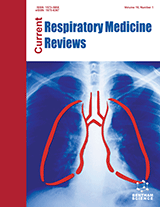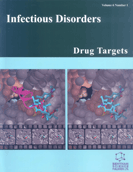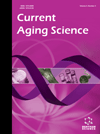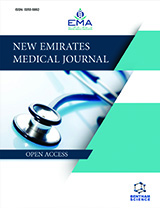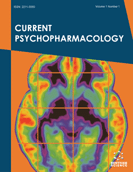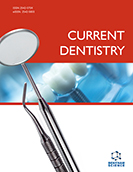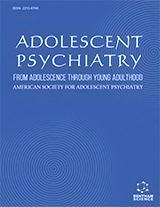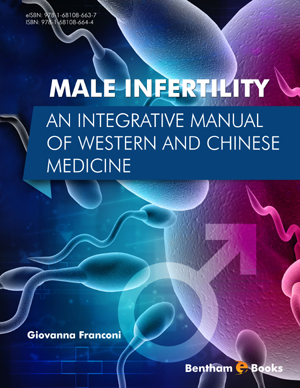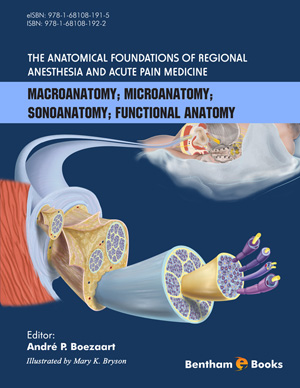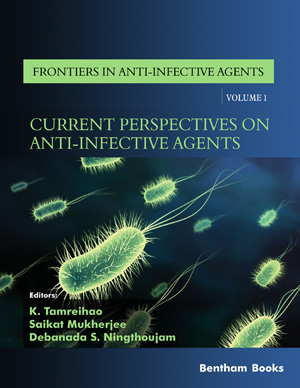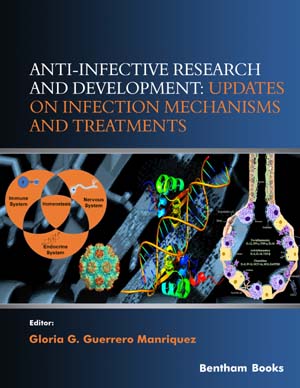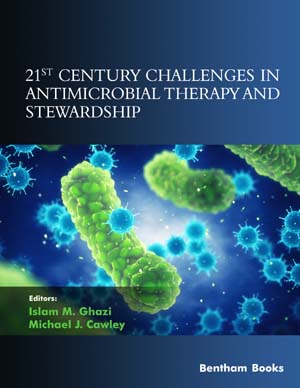Abstract
High Mobility Group Box 1 (HMGB1) protein is an abundant nuclear protein that is released outside the cell, upon immune activation or primary cell necrosis. In the extra-cellular space, HMGB1 acts as a potent soluble factor that coordinates cellular events that are crucial for the amplification of inflammation, establishment of early immune responses and tissue repair. HMGB1 is therefore considered as the leading member of a subgroup of the Damage Associated Pattern Molecules named “Alarmins”.
Its critical position between innate and adaptive immunity targets HMGB1 is an important soluble factor that may interfere with HIV-1 infection. Indeed, recent works from our laboratory and others brought evidences for significant - although ambiguous - impact of HMGB1 on HIV-1 infection and/or expression.
This review will summarize the current understanding of this exciting molecule, before focusing on the main data available in the literature regarding its relationship with HIV-1. Its potential role during AIDS pathogenesis will be discussed.




